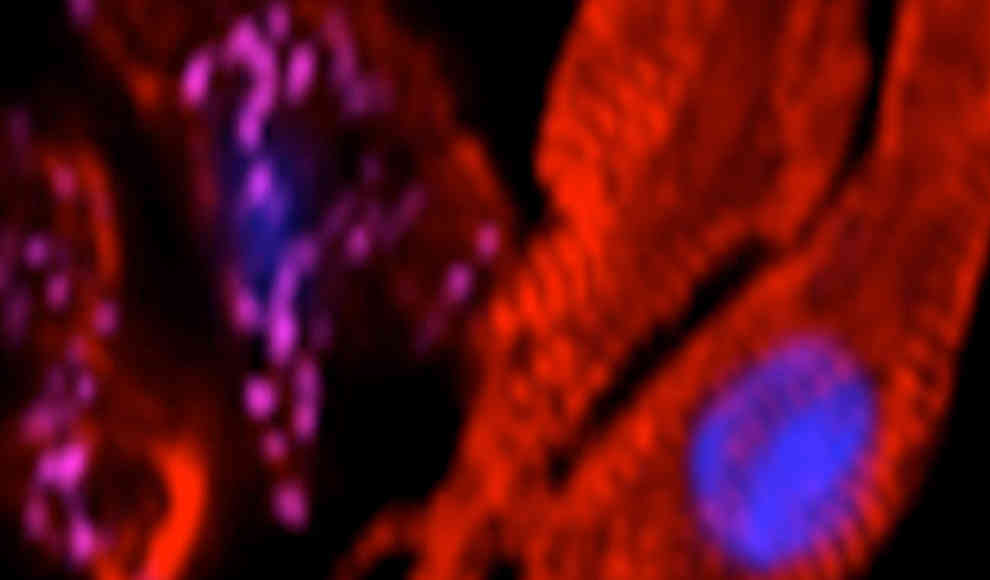In a groundbreaking development, American researchers are looking to replace the technology of pacemakers with reprogrammed cells. These cells are expected to permanently replace the technical pacemaker. The researchers have already achieved success in experiments with rats. The technical pacemaker, which is currently implanted in thousands of heart patients every year, could be replaced by biologically reprogrammed cells, according to American researchers. They have successfully reprogrammed ordinary heart muscle cells from rats to resemble the functionality of a technical pacemaker. If further research is conducted, cell reprogramming could replace artificial pacemakers in humans, according to the researchers from the Cedars-Sinai Heart Institute in Los Angeles.
A pacemaker is implanted in heart patients when the heartbeat is too slow or irregular, either due to illness or age. The heartbeat originates in the sinus node, a part of the heart wall in the right atrium of the heart. The cells present there are capable of giving electrical impulses, which cause the heart to contract, pumping blood through the body. The researchers discovered the gene responsible for the development of pacemaker cells, called Tbx18. The goal of the research is to increase the number of pacemaker cells. Using an inactive virus, the researchers introduced the Tbx18 gene into previously isolated heart muscle cells from newborn rats. As hoped, the cells then gave off impulses and resembled natural pacemaker cells of the sinus node in many ways.
This medical approach is a promising alternative to the electronic pacemaker. The researchers currently see two possibilities for successfully transporting the biological pacemaker to the human heart. Firstly, the Tbx18 gene could be brought to the heart via an inactive virus or a similar transport method, as has already been done in experiments with rats and guinea pigs. The other alternative is to cultivate pacemaker cells in the laboratory and implant them later. However, the researchers emphasize that there is still a long way to go before the biological pacemaker can be used in humans. In the next step, the researchers want to observe how the Tbx18 gene behaves in larger mammals, whose heart size is similar to that of humans.










